Speakers
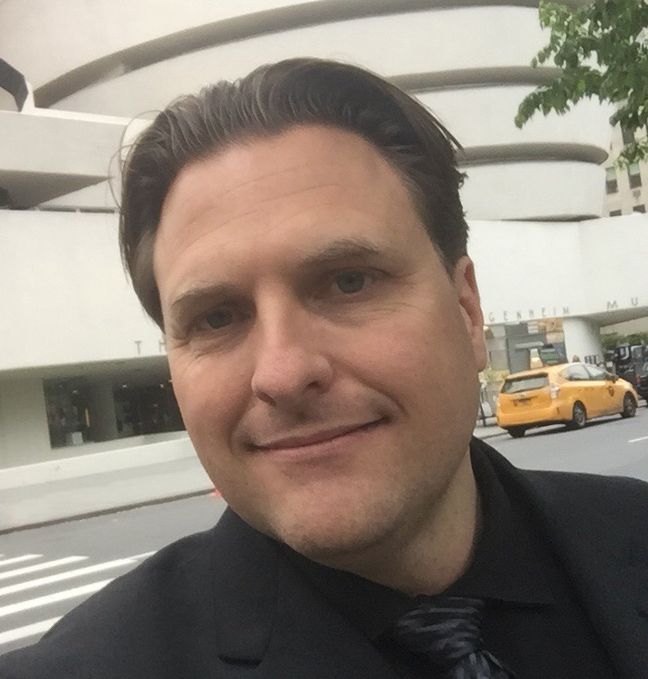
Dr. James Weaver
MIT & Harvard University

Dr. Nathalie Nguyen-Quoc Ouellette
Université de Montréal

Dr. Anja Geitmann
Department of Plant Science - McGill University
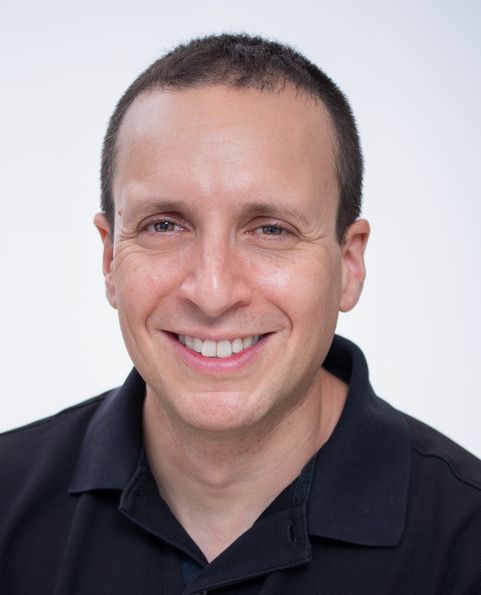
Dr. John Rubinstein
The Hospital for Sick Children in Toronto

Jim Corbett
University of Waterloo

Dr. Elitza Tocheva
Department of Microbiology and Immunology - University of British Columbia

Dr. Joaquin Ortega
Department of Anatomy and Cell Biology - McGill University

Dr. Tengteng Tang
Department of Materials Science and Engineering - McMaster University

Dr. Joshua Milstein
Department of Physics - University of Toronto

Dr. Pieter Verboven
University of Leuven, Belgium

Wesley Legant
University of North Carolina

Dr. David Muller
Applied and Engineering Physics - Cornell University
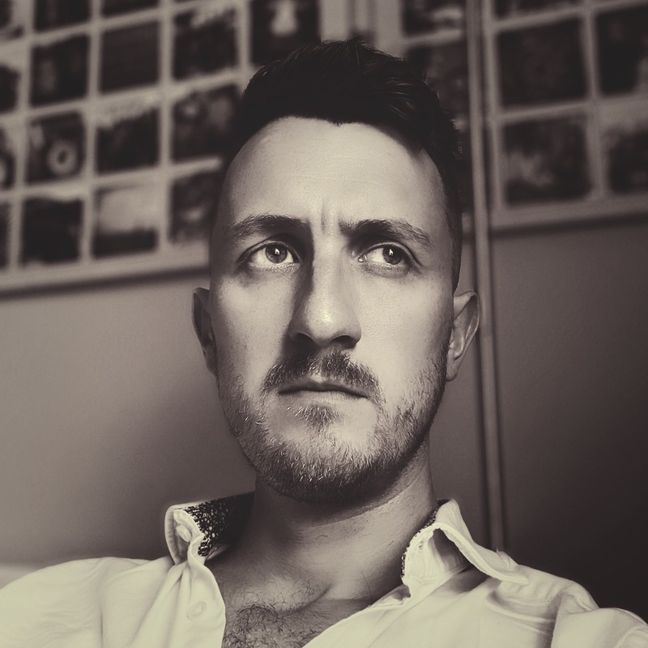
Dr. Benjamin Britton
Department of Materials Engineering - University of British Columbia
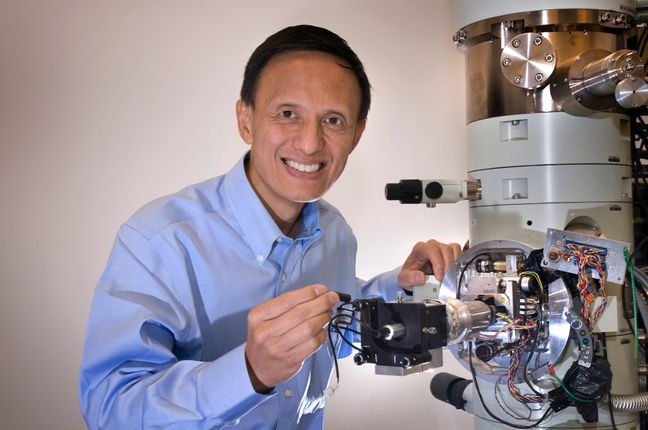
Dr. Yimei Zhu
Condensed Matter Physics and Materials Science Department - Brookheven national lab

Dr. Jinyang Liang
Laboratory of Applied Computational Imaging- Institut National de la Recherche Scientifique

Dr. Miaofang Chi
Duke University North Carolina
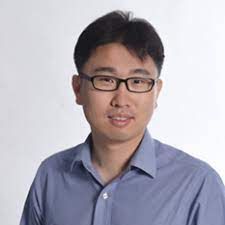
Dr. Chuanhong Jin
Zhejiang University

Dr. Adrian Pegoraro
NRC

Dr. Flavie Lavoie-Cardinal
Université Laval
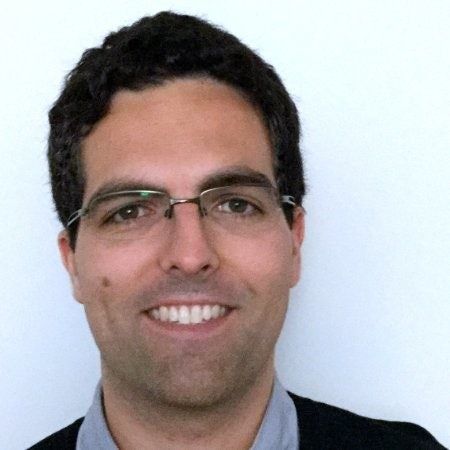
Dr. Adrian Pegoraro
NRC